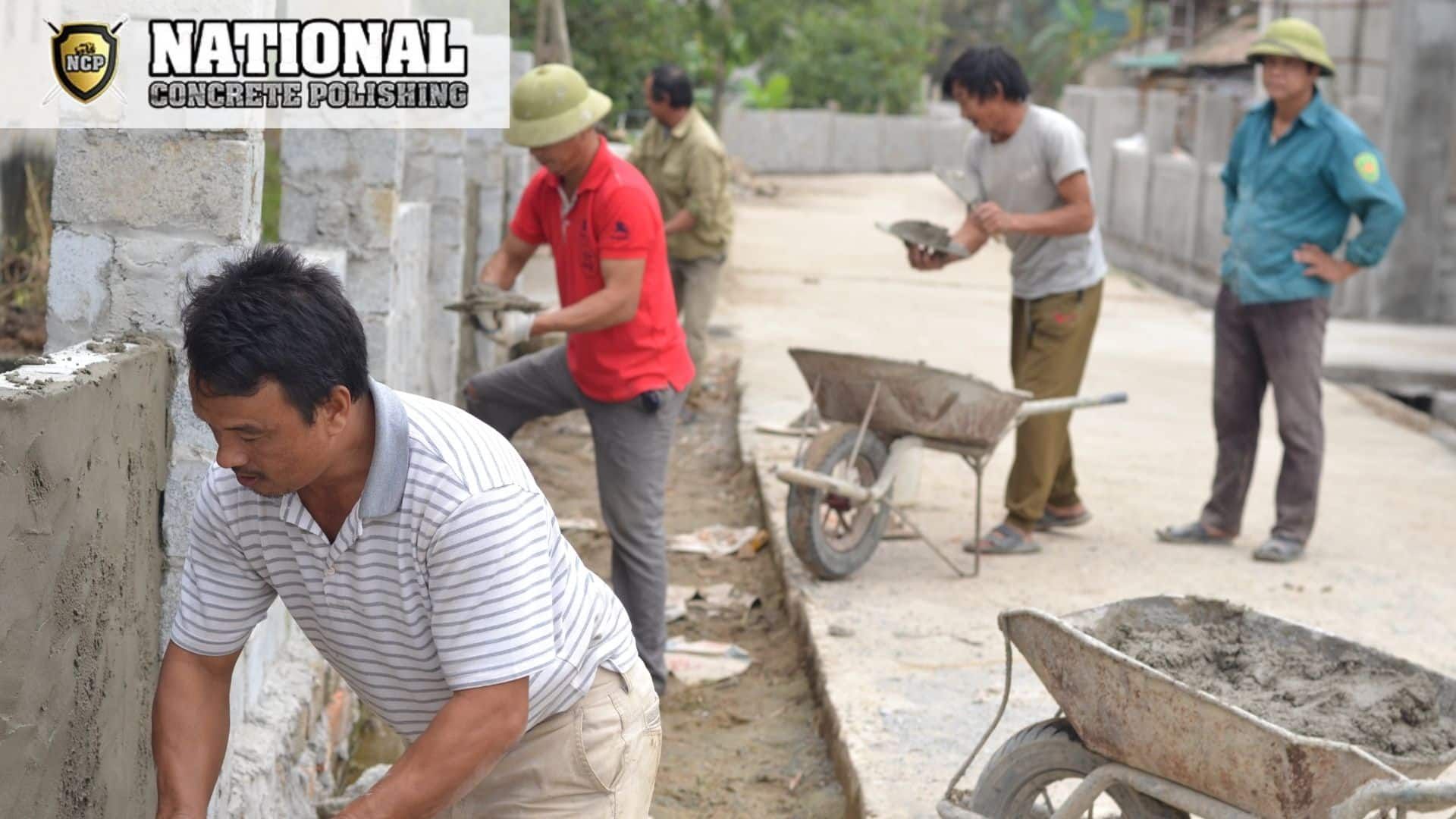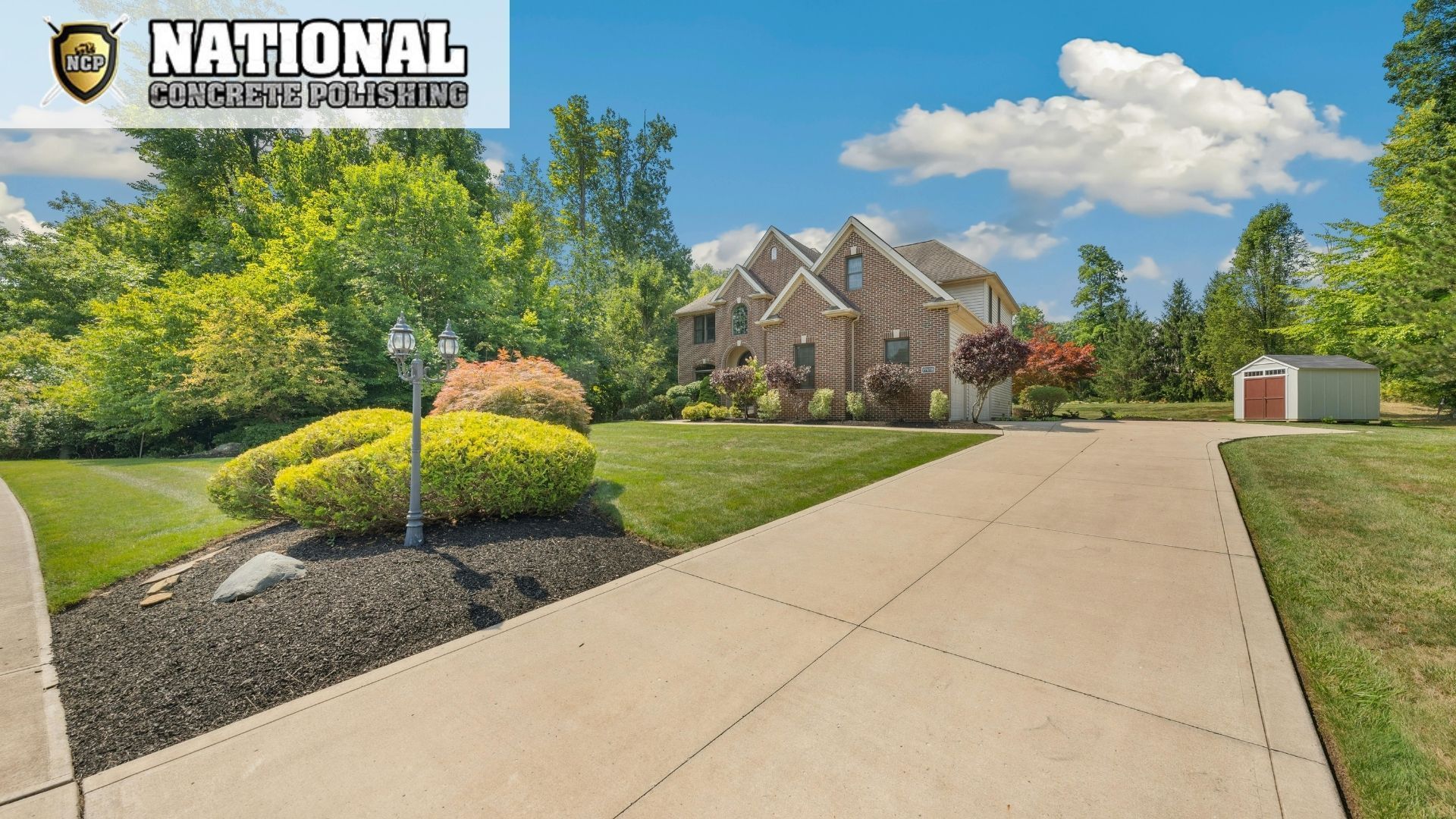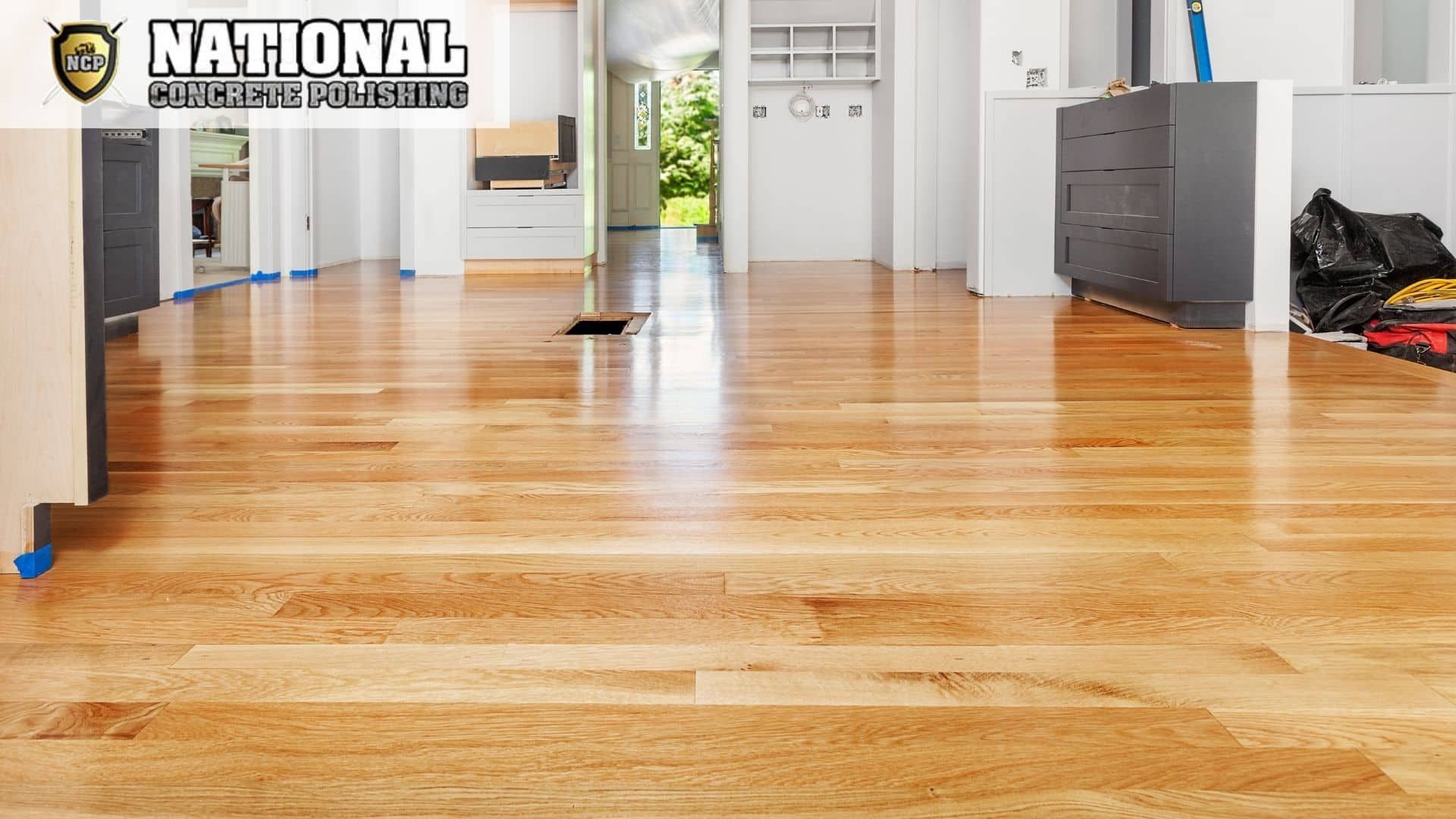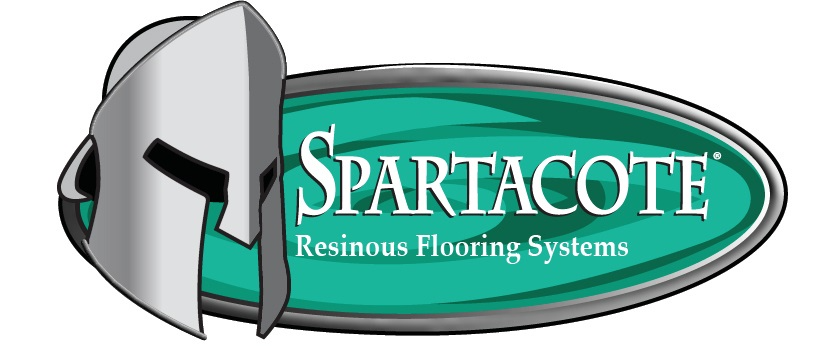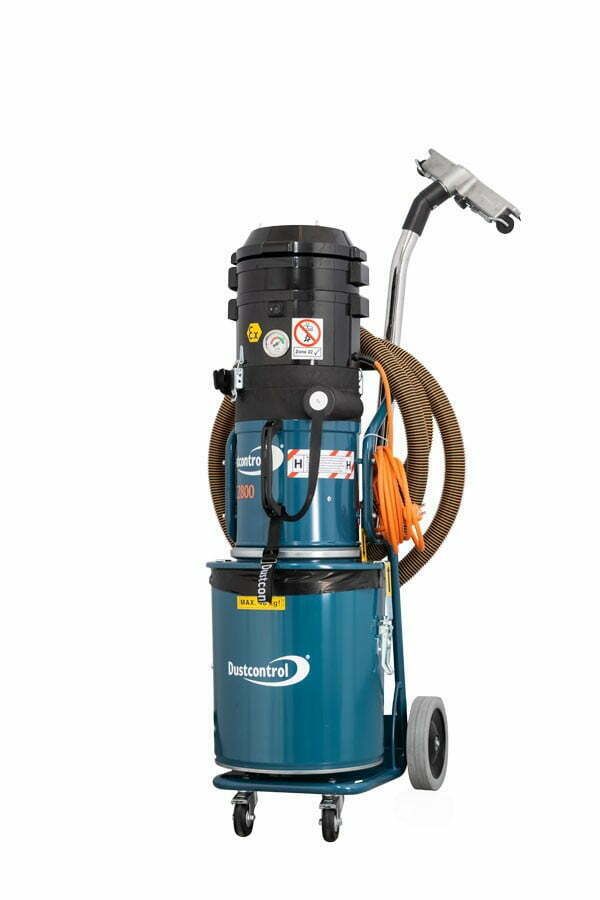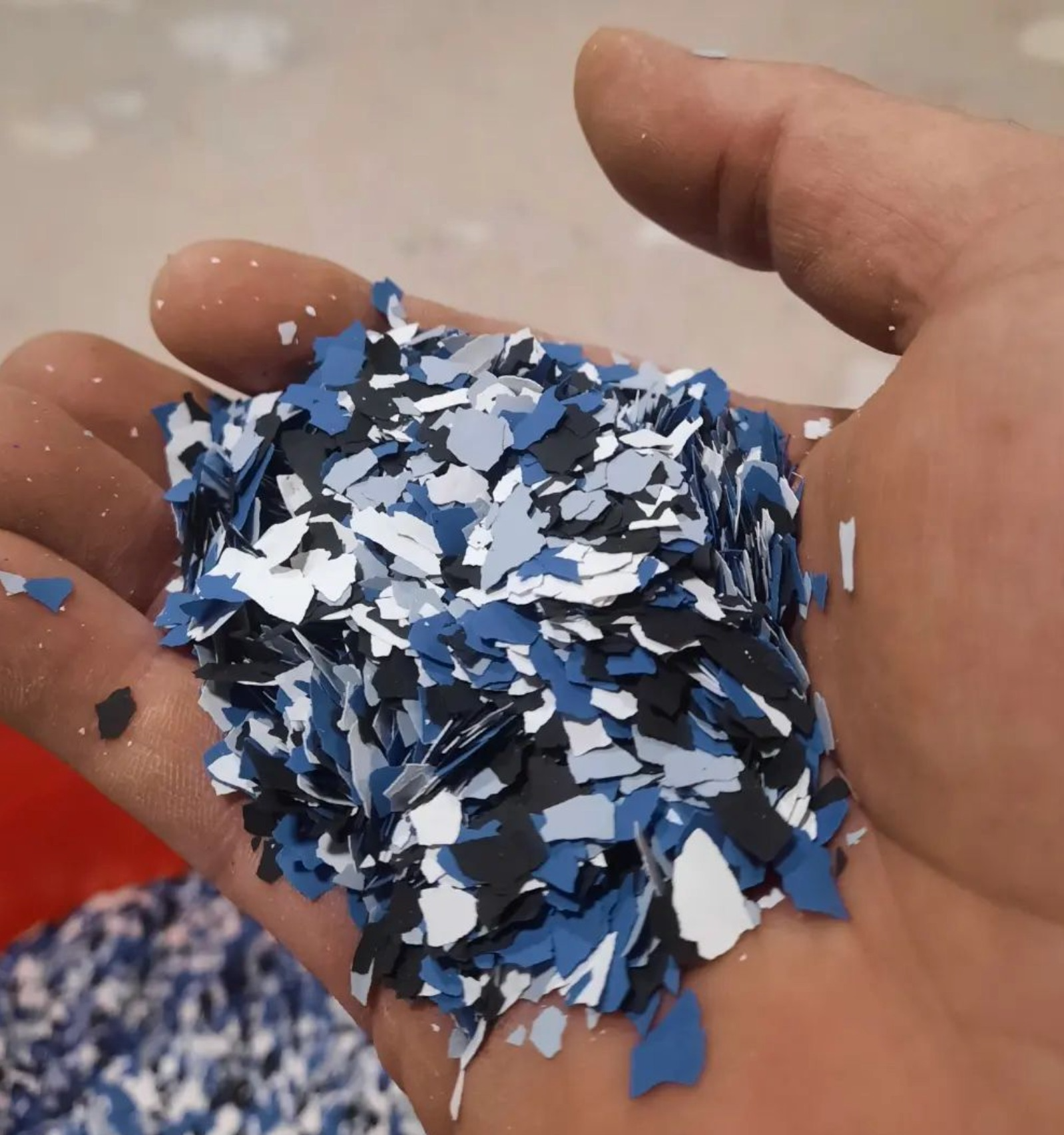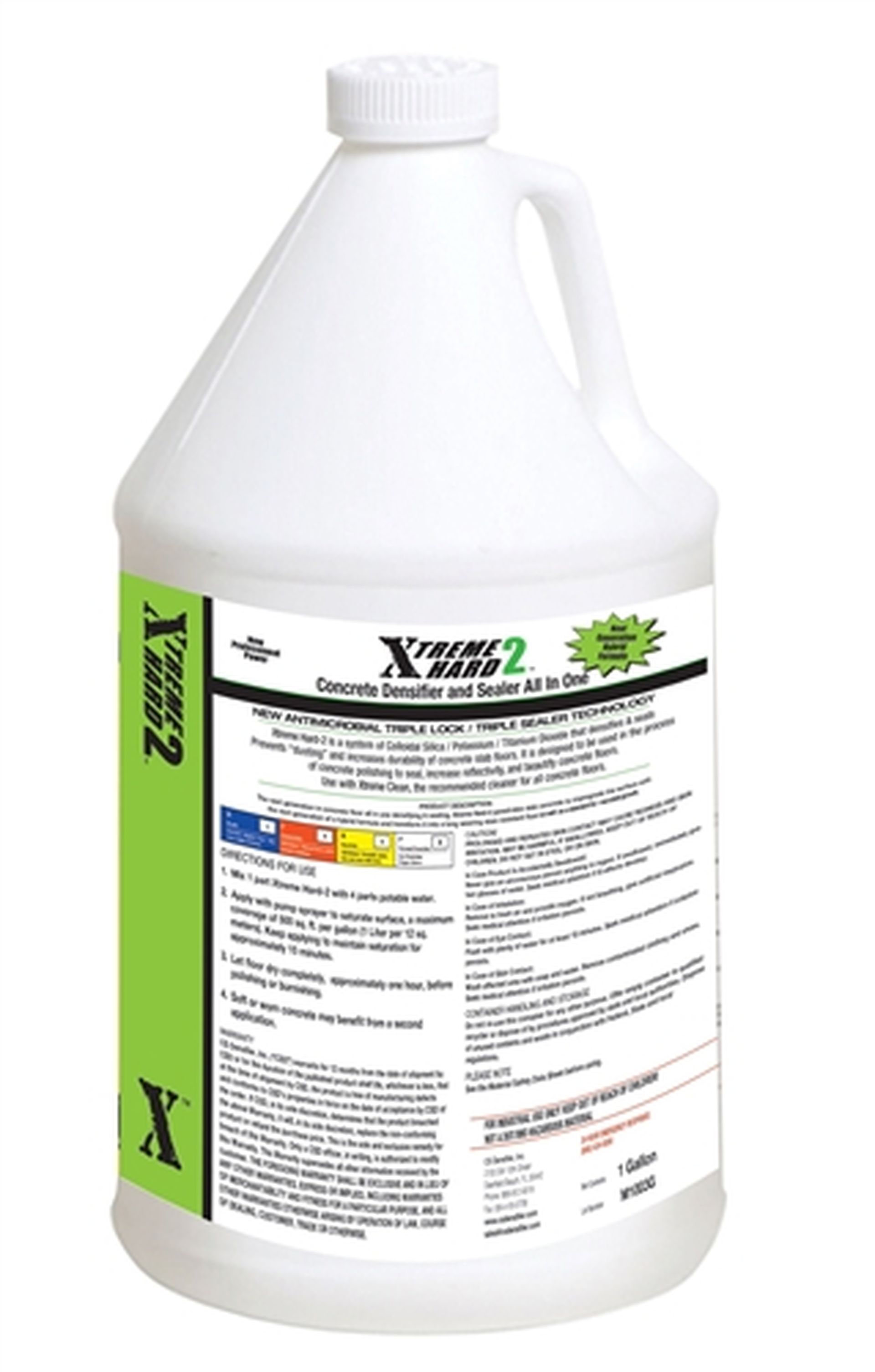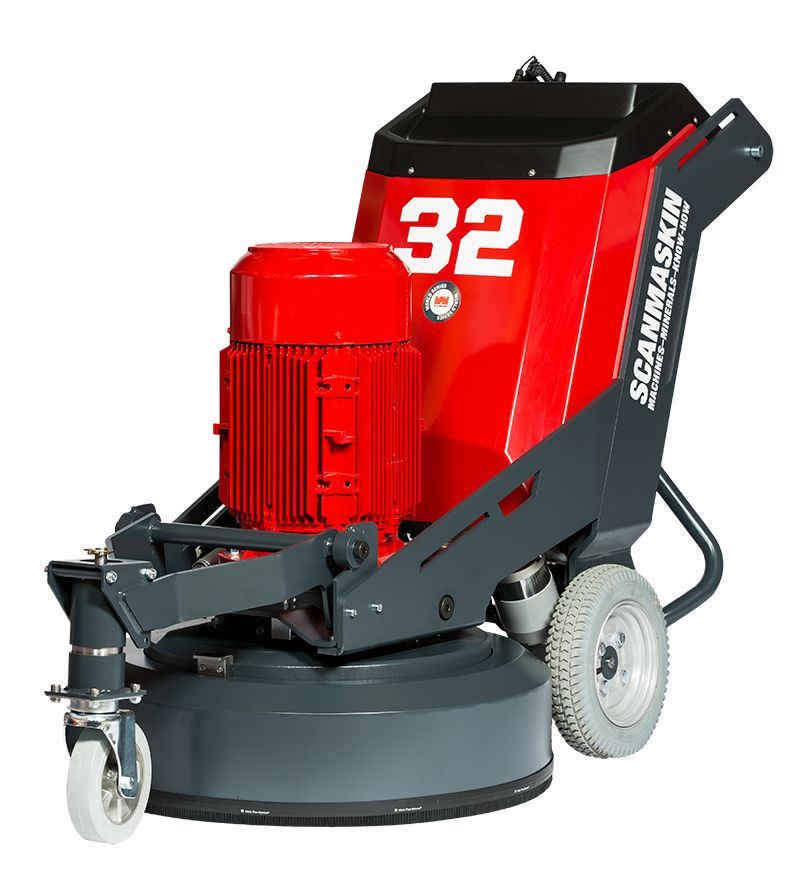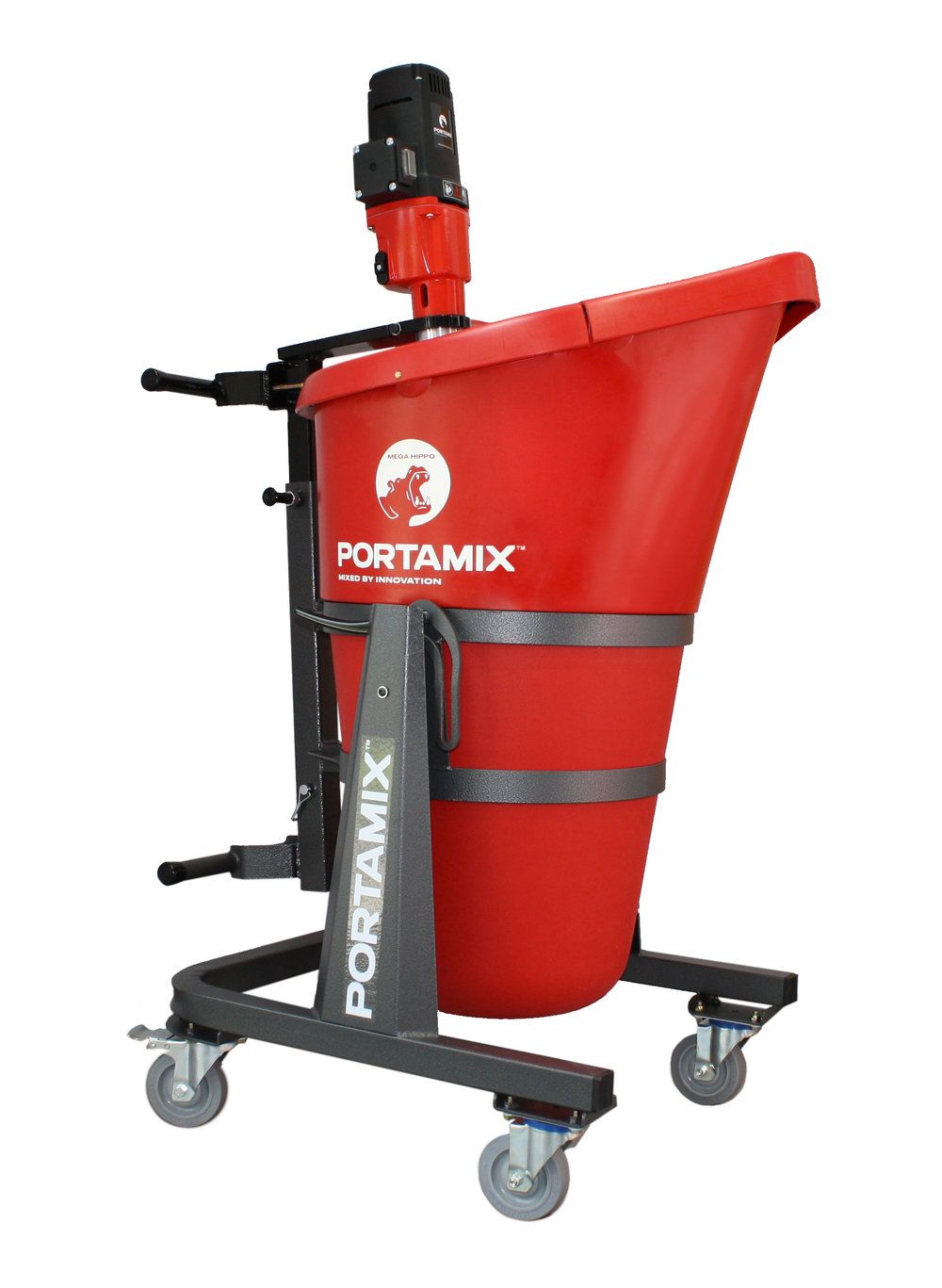How to Achieve the Perfect Concrete Polished Texture in Your Space
Did you know 72% of architects now specify seamless surfaces for commercial renovations? This surge reflects a growing demand for designs that combine durability with minimalist elegance. Modern spaces thrive on surfaces that look flawless while standing up to daily wear.
What makes these surfaces so popular? They eliminate visual clutter through expert craftsmanship. Advanced techniques create uninterrupted planes that enhance both residential and commercial environments. The result? Spaces feel larger, cleaner, and intentionally designed.
These finishes aren’t just for floors anymore. Innovators now apply them to countertops, accent walls, and exterior facades. Their adaptability stems from a balance of artistry and technology – factors that ensure consistency across diverse applications.
Key Takeaways
- Seamless surfaces are preferred in 3 out of 4 commercial redesigns for their clean aesthetic
- Hidden joints create visual continuity that amplifies modern design principles
- Specialized techniques ensure uniformity across large areas and complex shapes
- Versatile applications range from kitchen islands to outdoor architectural features
- High-traffic areas benefit from surfaces that resist stains and require minimal upkeep
Exploring the Evolution of Polished Concrete Finishes
Industrial flooring methods have undergone radical transformations since the 1990s. What began as basic grinding processes now integrates digital precision tools and reactive compounds. This shift allows designers to predict outcomes with 97% accuracy before physical work begins.
Modern Techniques and Material Insights
Today’s surface refinement combines diamond abrasives with chemical densifiers. These elements interact at microscopic levels to create durable, reflective planes. Professionals use seven-stage grinding sequences, progressing from 40-grit to 3000-grit disks.
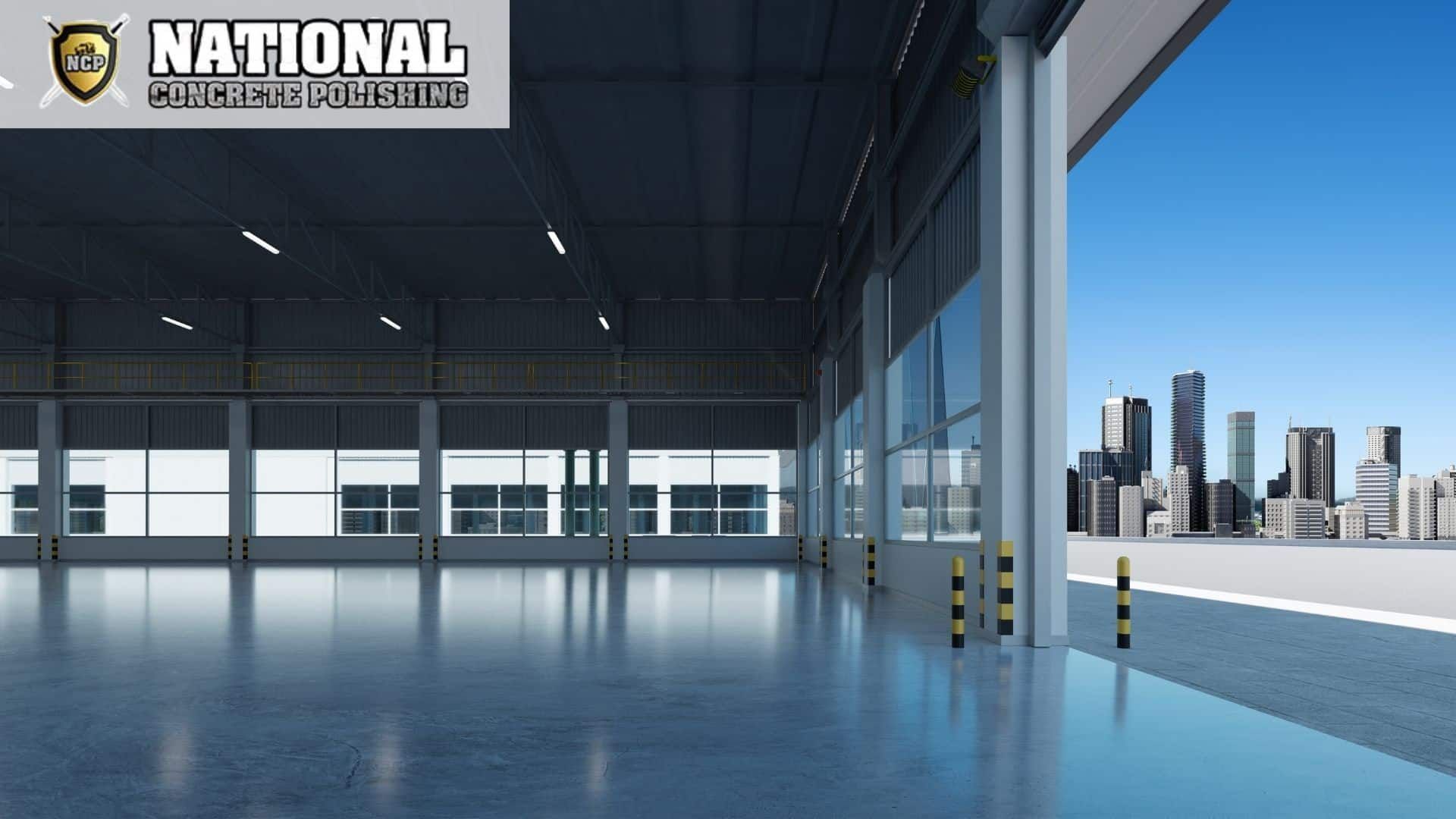
PBR technology changed the game for architectural planning. Design teams simulate how light interacts with surfaces using four key digital assets:
- Albedo maps control base coloration
- Normal maps replicate subtle imperfections
- Roughness maps dictate light diffusion
- Height maps add dimensional depth
The Role of Texture Maps in Enhancing Visual Appeal
Advanced mapping techniques eliminate repetitive patterns across large areas. Specialists layer multiple maps to achieve true-to-life variations in density and sheen. This approach helps clients visualize final results during early design phases.
Channel-packed workflows offer time-saving advantages for 3D modeling. By combining Normal and Roughness data into single files, artists streamline rendering processes. These digital assets enable precise adjustments to surface characteristics before installation crews arrive.
Concrete Polished Texture: Achieving a Flawless Finish
Modern surface finishing relies on precise combinations of tools and chemistry. Professionals transform ordinary slabs into mirror-like planes through controlled material interactions. This process balances artistry with technical precision to deliver surfaces that withstand decades of use.
Understanding the Science Behind Surface Refinement
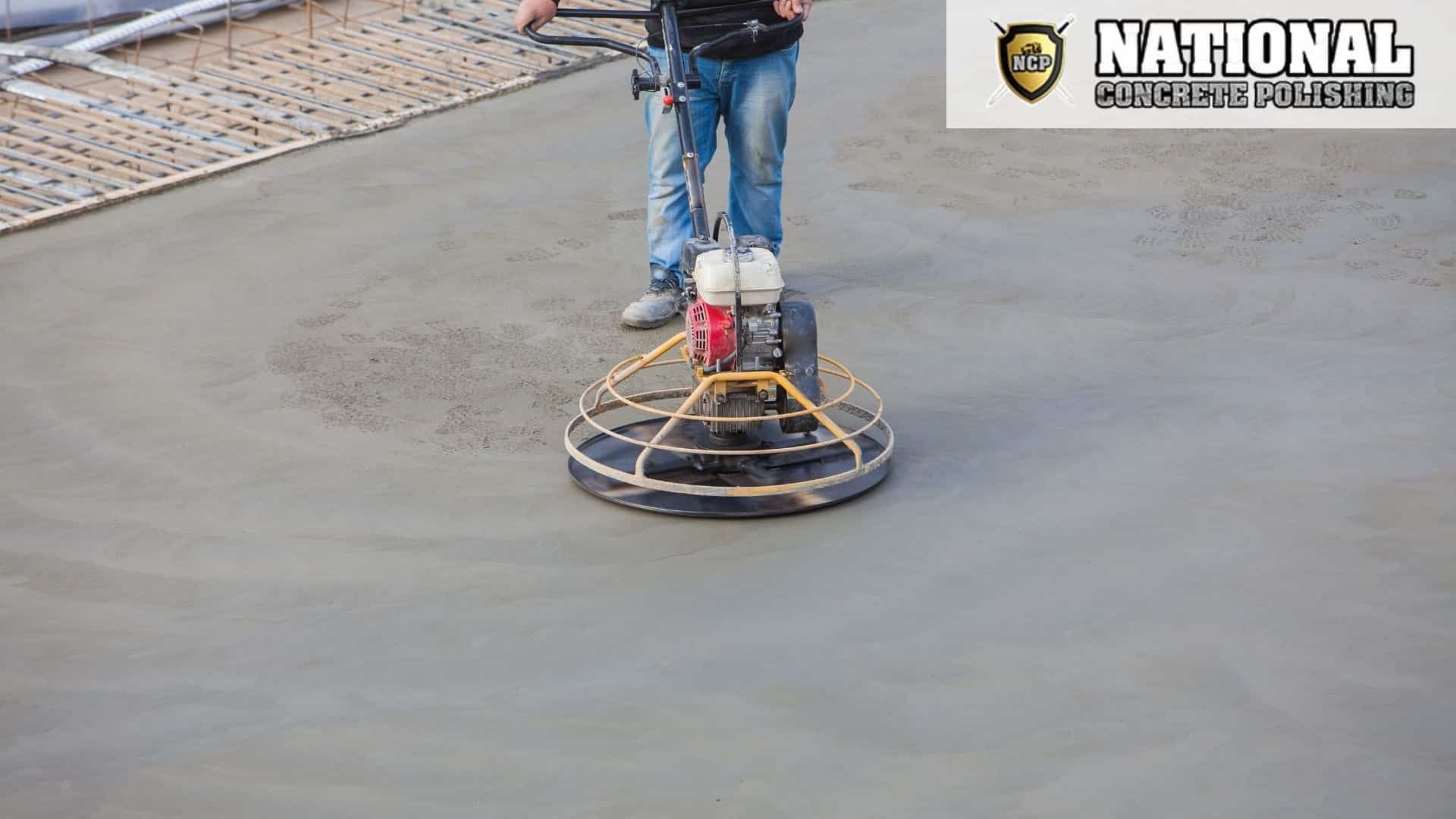
Surface transformation begins with analyzing slab composition. Hardness levels determine abrasive selection, while aggregate size influences final aesthetics. Three critical factors shape outcomes:
- Grinding depth controls stone exposure
- Chemical reactions strengthen molecular bonds
- Environmental conditions affect curing times
Specialists measure surface porosity before selecting densifiers. These liquid solutions penetrate microscopic gaps, creating an impenetrable shield. Proper application prevents future stains and simplifies maintenance.
Mechanical and Chemical Processes in Polishing
Diamond-embedded tools systematically erase imperfections through seven grinding stages. Coarse 40-grit disks remove surface irregularities, while 3000-grit pads create reflective finishes. Between grinding phases, technicians apply hardening agents that:
- Fill capillary pores
- Increase compressive strength
- Enhance light reflection
Temperature monitoring ensures consistent results across large areas. Controlled humidity levels prevent premature drying, allowing materials to cure properly. This dual approach yields surfaces that maintain their luster through heavy foot traffic and cleaning cycles.
Expert Insights and Practical Applications in South Florida
South Florida’s architectural landscape demands surfaces that balance beauty with environmental resilience. Coastal humidity and intense sunlight create unique challenges for maintaining flawless installations. Specialized techniques become essential to preserve both function and style.

Residential Versus Commercial Considerations
Homeowners often prioritize aesthetic harmony with open-concept designs. Low-maintenance surfaces that resist moisture damage prove ideal for kitchens and outdoor living areas. Proper sealing prevents salt air corrosion in beachfront properties.
| Factor | Residential | Commercial |
|---|---|---|
| Climate Adaptation | Moisture-resistant finishes | Industrial-grade sealers |
| Design Flexibility | Custom decorative patterns | Uniform corporate aesthetics |
| Maintenance Needs | Annual resealing | Weekly professional cleaning |
| Code Compliance | Residential safety standards | ADA slip-resistance requirements |
Commercial spaces require surfaces that handle heavy foot traffic without losing luster. Slip-resistant treatments become critical in retail environments and healthcare facilities. Proper planning accounts for expansion joints in large-scale installations.
Connect with National Concrete Polishing
Local expertise makes all difference in achieving lasting results. Professionals at +1 877-661-7562 understand regional building codes and microclimate impacts. Their teams use advanced moisture meters and UV-stable coatings tailored for tropical conditions.
Timing installations during dry seasons minimizes curing issues. Quality materials prevent thermal expansion problems common in South Florida’s temperature swings. Trust specialists who combine technical precision with artistic vision for standout projects.
Conclusion
Mastering surface refinement requires balancing time-honored craftsmanship with modern technological advances. You’ve seen how specialized methods combine mechanical precision and chemical treatments to create durable, low-maintenance results. These techniques adapt seamlessly to both homes and high-traffic commercial spaces.
The progression from traditional grinding to digital visualization tools gives unprecedented control over final outcomes. In regions like South Florida, environmental factors make expert application essential for lasting performance. Proper installation methods and material choices remain vital for achieving sophisticated, unified appearances.
By integrating historical knowledge with current innovations, professionals deliver surfaces that meet contemporary design demands. This fusion ensures spaces maintain their visual appeal while standing up to real-world use. The right approach transforms ordinary materials into enduring design statements.
FAQ
What steps are involved in creating a sleek surface finish?
The process typically includes grinding, honing, and sealing. Specialized equipment removes imperfections, while densifiers strengthen the material. Final stages involve applying protective coatings for durability and shine.
How have modern methods improved refined floor aesthetics?
Advances like diamond-embedded tools and laser-guided systems allow precise control over sheen levels. High-resolution texture maps now simulate natural variations, adding depth without compromising smoothness.
Why use mechanical grinding in surface treatment?
Mechanical grinding eliminates uneven spots and exposes aggregate patterns. Combined with chemical hardeners, it creates a dense, scratch-resistant layer ideal for high-traffic areas.
What factors differ between home and business installations?
Residential projects often prioritize custom finishes and finer grit levels. Commercial spaces focus on slip resistance, maintenance schedules, and load-bearing capacities to meet safety standards.
Where can I get professional guidance in South Florida?
National Concrete Polishing offers tailored solutions for both homes and businesses. Reach them at +1 877-661-7562 to discuss your project’s specific needs.

